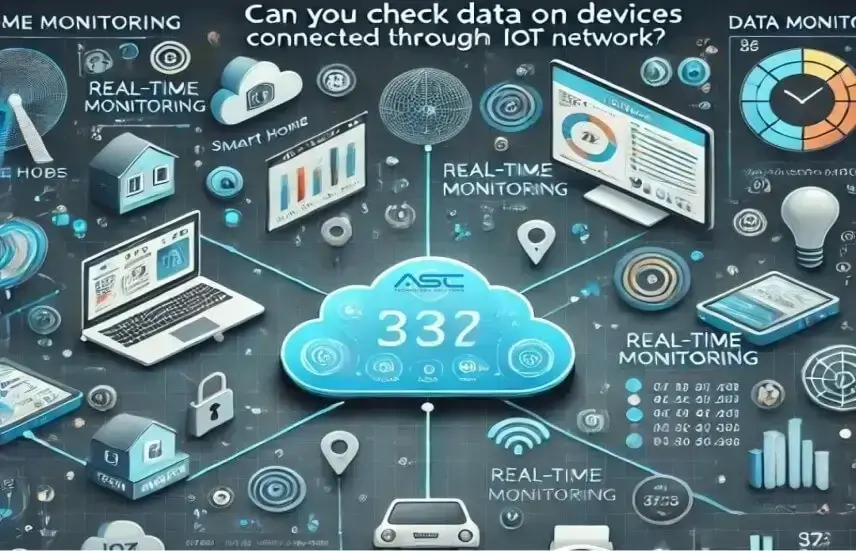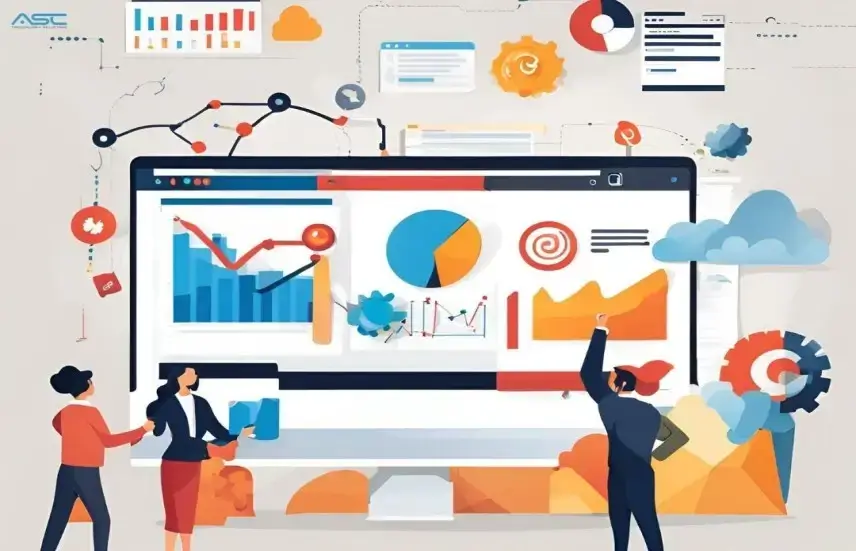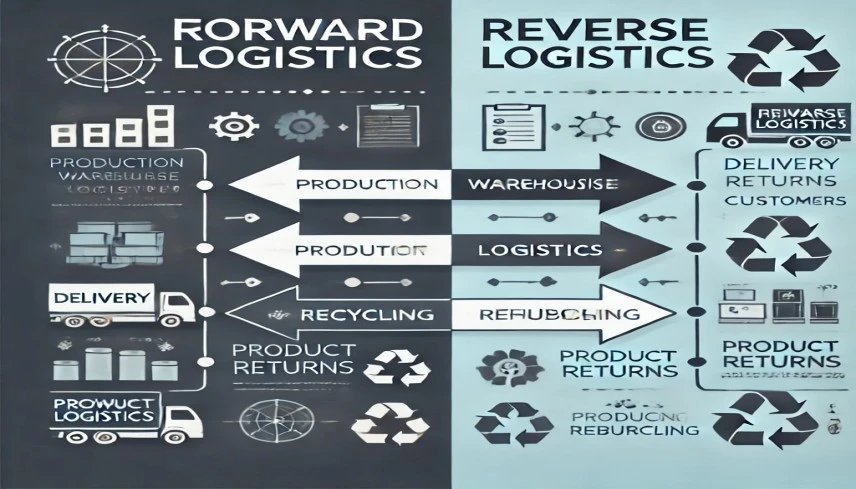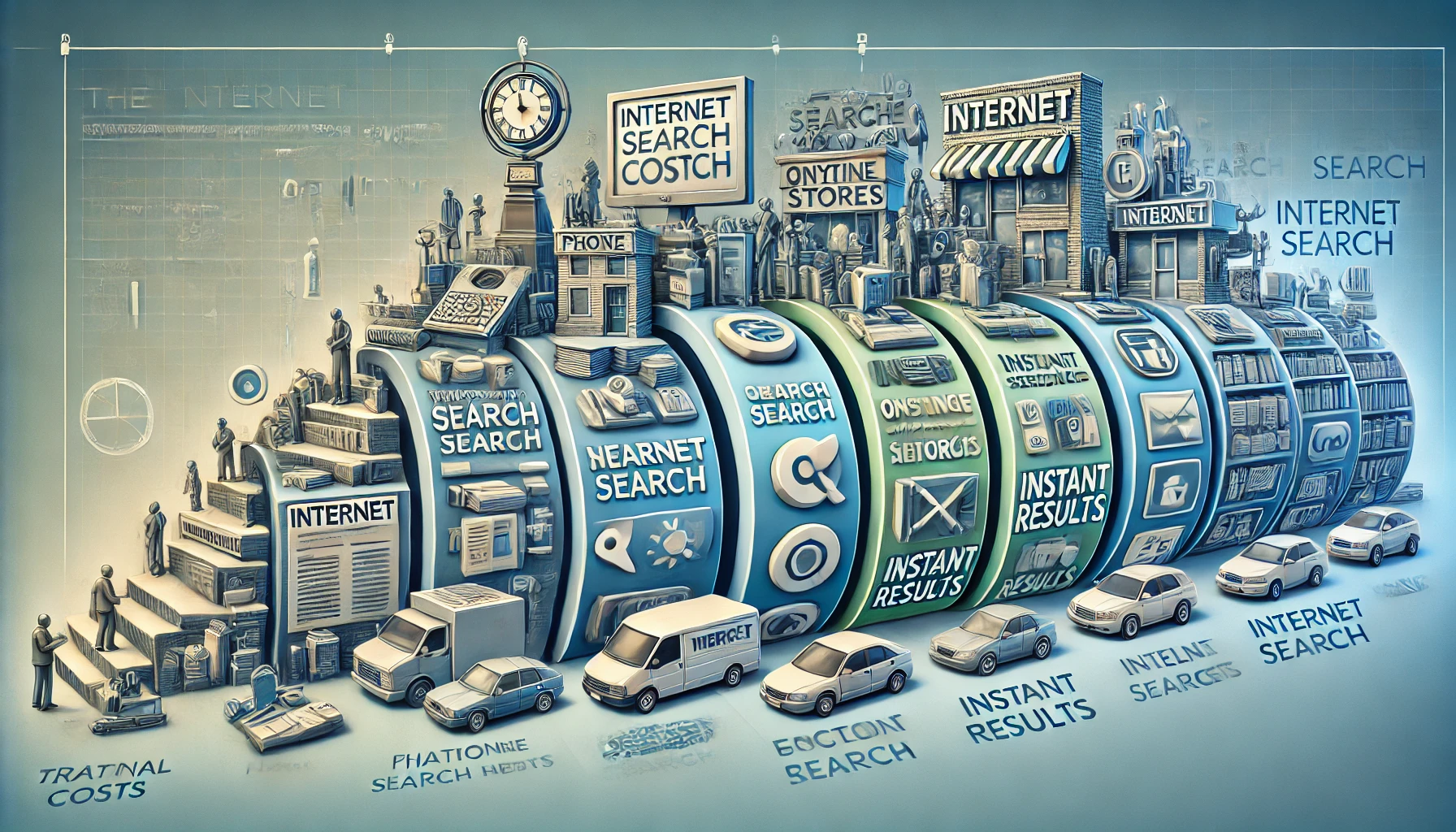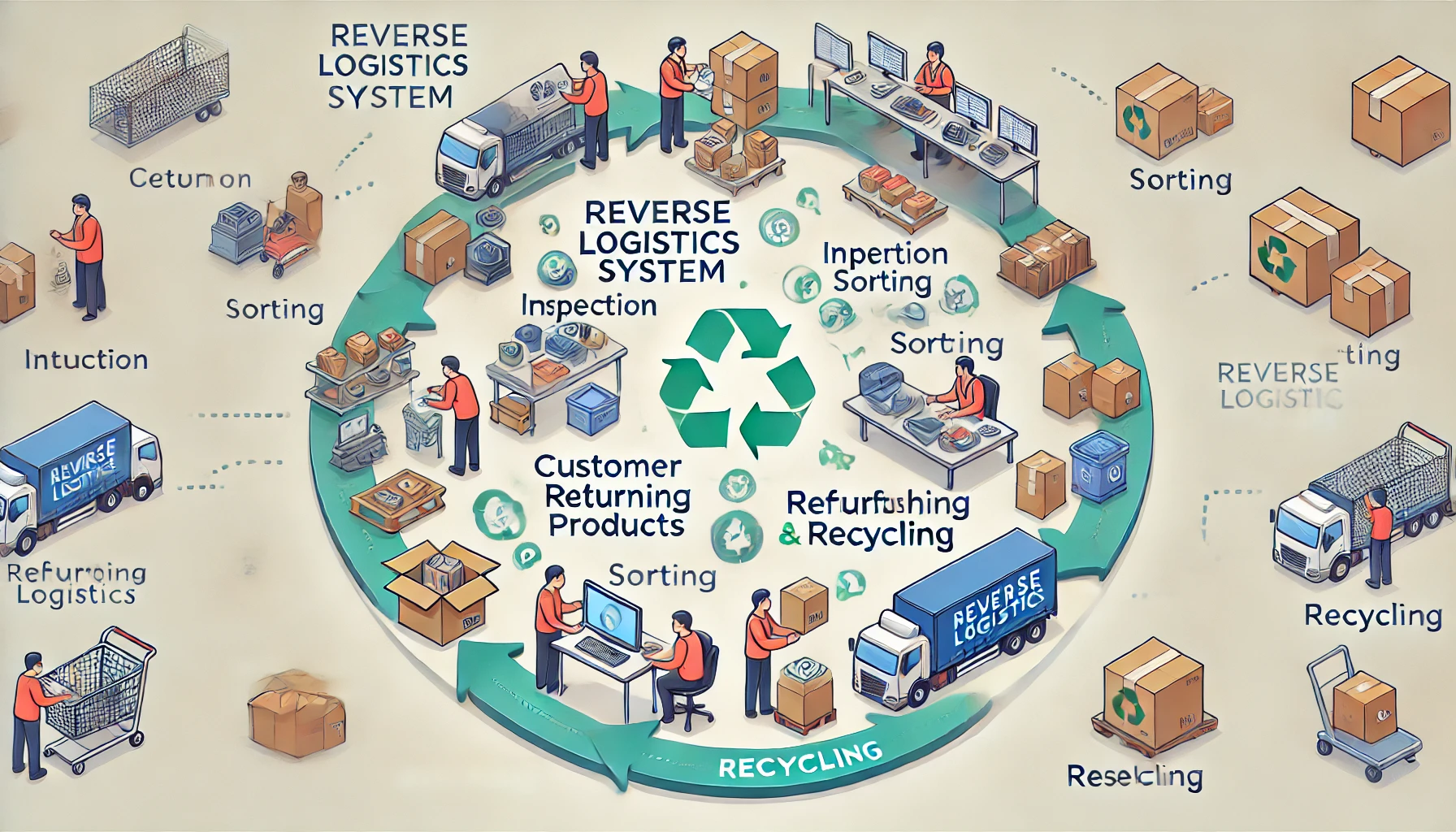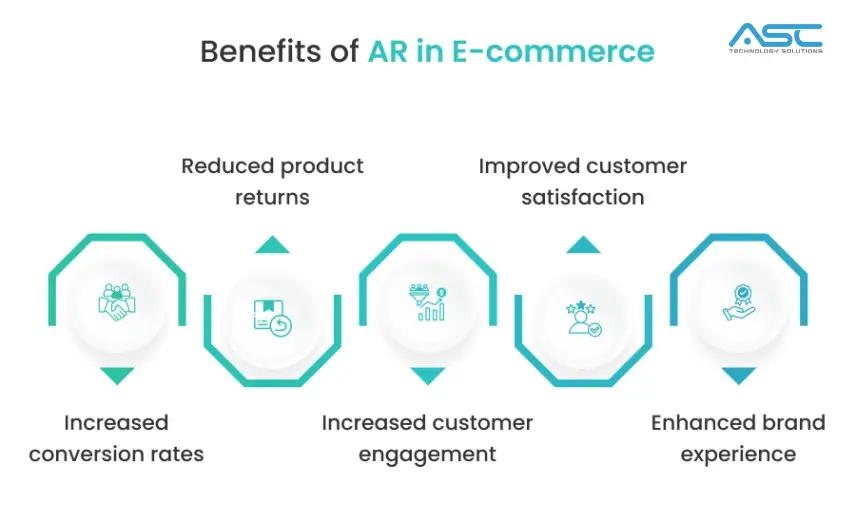The Internet of Things (IoT) is one of the fundamental aspects of the present world of technology and allows objects to communicate. From homes to factories, Industrial IoT has revolutionised how people carry out their daily activities. Nevertheless, like many things that have become almost a norm in our societies, IoT devices possess certain benefits but also come with challenges. This blog explores two major concerns associated with IoT devices: security and data privacy. Further, we will explain how IoT devices are integrated and where IoT development comes into play in overcoming these hurdles.
Understanding How IoT Devices Work
In order to grasp the worries about IoT, one needs to know how IoT gadgets function first. IoT is characterized by having sensors, processors, as well as communication hardware to harness data through a network. These devices use protocols such as Wi-Fi, or Bluetooth to share data with a central base unit or even the cloud for subsequent processing.
IoT development is centred on making systems that facilitate the execution of tasks in a device without much intervention from people. For Instance, a smart refrigerator can track products, let you know when stock is running low or reorder the products on its own. As these functionalities are a help in making life easier, they also create risks that need to be countered.
Concern 1: Cyber Attacks
The main issue with the IoT devices is the aspect of security. Since these devices are often connected to the Internet they may become the target of cybercriminals’ activities. Criminals can infiltrate security weaknesses found in weakly connected gadgets to get hold of confidential data or even manipulate services and systems connected thereto.
The size of the networks in the IoT aggravates this problem. One weak little device can open the door for a hacker to penetrate the entire network system.
In order to avoid these risks IoT development needs to pay much attention to things like encryption, secure firmware update mechanisms, and strong authentication. In the same respect, the users must also make sure that his or her device is configured securely and this should include features such as default password change and later even updates.
Concern 2: Data Privacy
The second most important issue is the security of data collected and transmitted through these apps. Many IoT devices are connected with collecting a significant number of data, which could be private or contain business secrets. This information is carried on networks and kept on cloud servers, where it can be accessed by unauthorised persons or used up.
Failure to protect this data puts it in the hands of the wrong people, and that creates a lot of privacy controversy. Also, those organisations that are using IoT for monitoring operations must take appropriate measures in handling data responsibly to avert violation of some regulations or damaging the image of the business.
Internet of Things (IoT) needs to place data privacy as one of its pillars. This ranges from simple elements like anonymization techniques, data protection regulations, and user control to be developed and included. There is also the need to ensure user trust which starts with simplicity in the usage of data policies.
Why These Concerns Matter
Security and privacy issues for IoT devices are not hypothetical because they are being experienced across the world. A breach in an IoT network means that an organisation experiences monetary and image loss and potential threats to physical well-being in sectors such as healthcare and transport. It is, therefore, important for these concerns to be met for IoT to thrive in a common rightful place in society.
Conclusion
Although IoT devices have great potential, they have gigantic drawbacks that should not be underestimated. In this case, security and data privacy have emerged as two of the most fundamental hurdles, endangering the fabric of IoT networks besides eroding the confidence of users. The risks stem from how IoT devices operate, and how secure IoT deployment is now a critical consideration in minimising these threats.
In this ever-changing world of IoT, staying innovative while being responsible will be deemed critical. Addressing these issues adequately opens the possibilities of IoT while protecting the consumers and companies involved in it.
